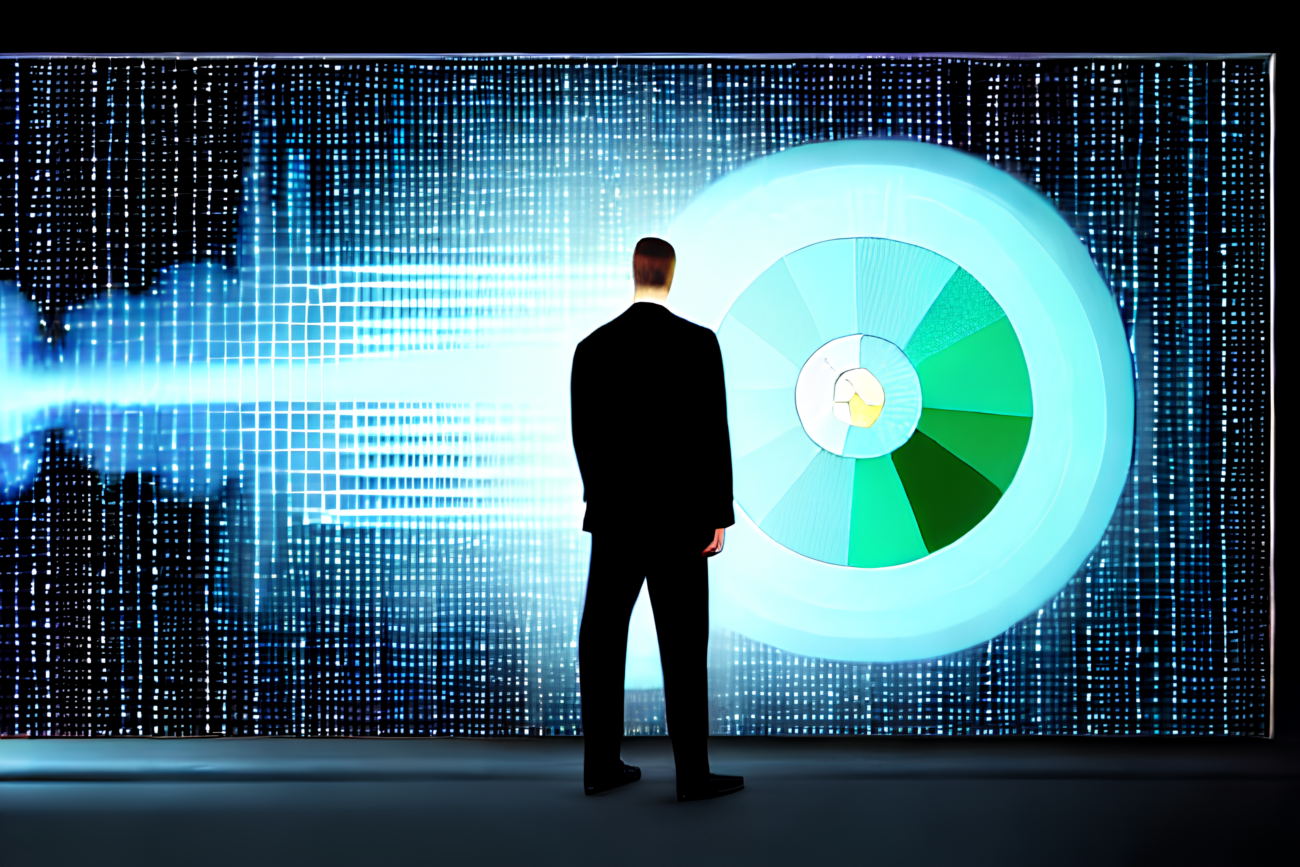
Introduction: Why you need to know your data
Any organization that wants to be serious about cybersecurity must take a data-driven approach. This means collecting data about all activity on your network, both malicious and benign. Once you have this data, you can use it to identify patterns and trends that can help you improve your security posture.
There are a number of tools and technologies you can use to collect and analyze data, but two of the most popular are SIEM (Security Information and Event Management) and log analysis. SIEM tools like Graylog and Splunk can help you collect and analyze data in real time, while log analysis tools like Grafana can help you visualize your data and identify trends over time.
No matter which tools you use, data is the key to understanding your enemy and improving your cybersecurity posture.
Proprietary tools or Open Source?
There is no easy answer when it comes to proprietary tools or open source for logging and monitoring. Each option has its own set of pros and cons that need to be considered.
Proprietary tools, like Splunk, often have more features and are easier to use out of the box. However, they can be more expensive and may require more technical expertise to configure and use.
Open source tools, like Graylog and Grafana, are often more customizable and can be cheaper to set up and use. However, they may require more technical expertise to maintain.
Ultimately, the decision of whether to use proprietary or open source tools depends on the specific needs of your organization. If you have the technical expertise to set up and use open source tools, then they may be a good option for you.
Analyze your data
In order to protect your industrial environment, it is critical to monitor data and trends for potential vulnerabilities and anomalous behavior. By analyzing your data, you can visualize trends and identify potential issues before they become serious problems. Additionally, by setting up alerts, you can be notified immediately if something unusual is happening in your environment.
To get started, you will need to gather data from your industrial environment. This data can come from a variety of sources, including sensors, machines, and people. Once you have this data, you can begin to analyze it for trends and patterns. If you see something suspicious, you can raise an alert to investigate further. By monitoring your data and responding quickly to potential issues, you can help keep your industrial environment safe.
Conclusion
Organizations generate large amounts of data every day, and it can be difficult to make sense of it all. Log analysis is a process of reviewing and analyzing log files in order to extract valuable insights. This information can be used to monitor your environment, troubleshoot issues, and improve security.
Log analysis is a critical part of any organization’s security strategy, and a SIEM system can be a valuable tool in protecting your environment, automate log analysis, and make it easier to monitor your environment. By using a SIEM system, you can quickly identify issues and take steps to mitigate them.
Log analysis is critical for understanding what is happening on your systems and identifying potential security issues. A SIEM can help you monitor your environment and identify trends and patterns in your logs. By understanding what is happening on your systems, you can make informed decisions about how to best protect your data and your business.